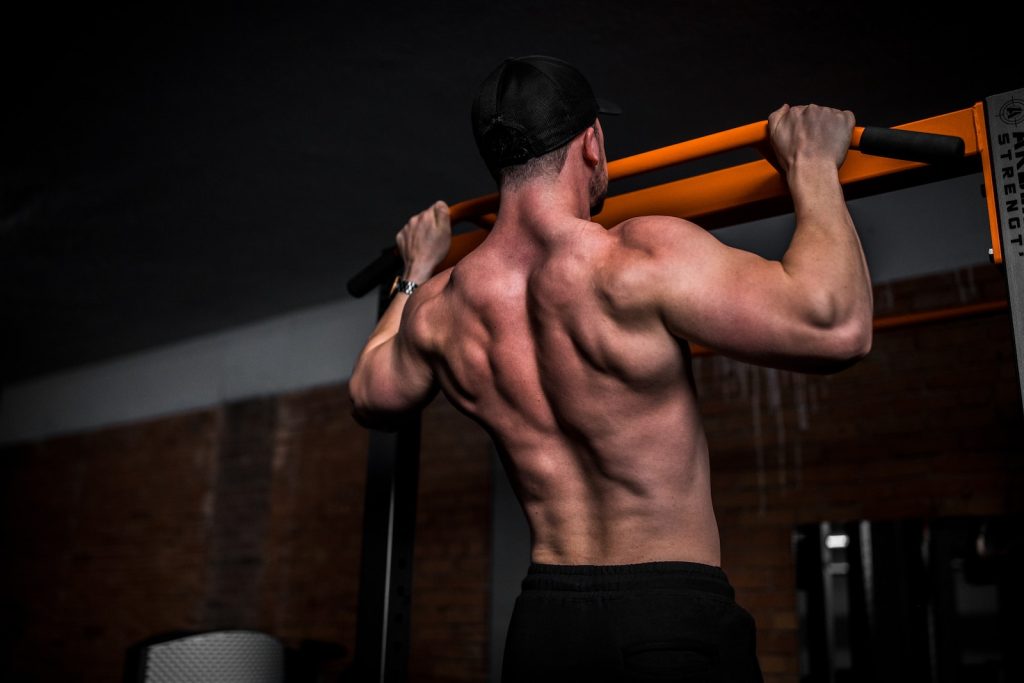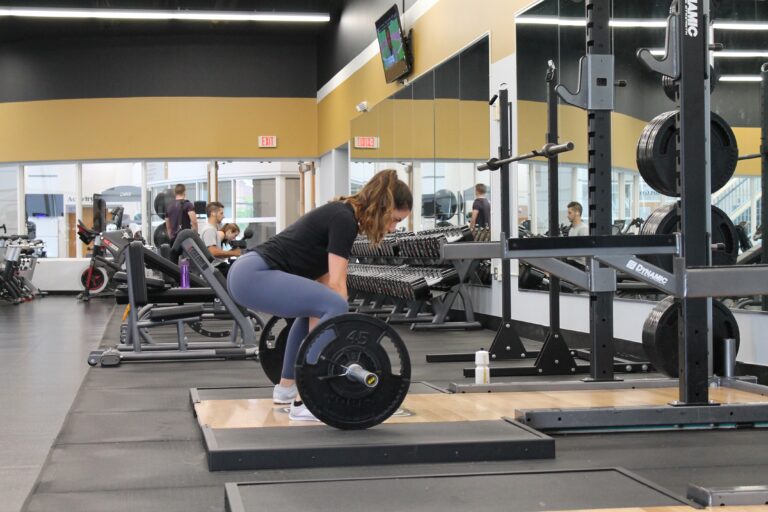How to Master the Proper Pull-up & Chin-up: Step By Step Guide
Introduction
Are you looking to build upper body strength and sculpt your muscles? One of the most effective exercises for achieving these goals is the pull-up and chin-up. These compound movements engage multiple muscle groups and offer a myriad of benefits. In this comprehensive guide, we’ll walk you through the step-by-step process of performing proper pull-ups and chin-ups, sharing valuable insights from experts and personal experiences to help you succeed in your fitness journey.

How to Make a Proper Pull-up & Chin-up, Step By Step
Mastering the pull-up and chin-up exercises requires dedication, practice, and proper technique. Let’s dive into the detailed steps you need to follow to achieve success:
Setting Up Your Pull-up & Chin-up Routine
Before you begin, it’s essential to establish a routine that aligns with your fitness goals. Whether you’re a beginner or an experienced fitness enthusiast, a well-structured routine can make a significant difference.
- Assess Your Fitness Level: Determine your current strength and endurance to tailor your routine accordingly.
- Set Realistic Goals: Define achievable targets for your pull-up and chin-up progress.
- Choose the Right Equipment: Opt for a sturdy pull-up bar that can support your weight.
Understanding Proper Form
Executing pull-ups and chin-ups with proper form is crucial to avoid injuries and maximize results. Focus on maintaining the correct posture throughout each repetition.
- Grip Variation: Different hand placements (overhand, underhand, neutral) target various muscle groups.
- Engage Core Muscles: Keep your core tight to stabilize your body during the exercise.
- Full Range of Motion: Ensure you lower yourself fully and pull up until your chin clears the bar.
Step-by-Step Execution
Follow these steps to perform a pull-up or chin-up correctly:
- Hang Position: Start by hanging from the bar with a shoulder-width grip.
- Initiate Pull: Engage your back muscles and pull your body upward, focusing on your lats.
- Chin Above Bar: For chin-ups, pull until your chin is above the bar; for pull-ups, pull until your chest reaches the bar.
- Controlled Descent: Lower yourself in a controlled manner, fully extending your arms.

Progression Techniques
As a beginner, you might not achieve a full pull-up or chin-up immediately. Employ these techniques to gradually build your strength:
- Assisted Pull-ups: Use resistance bands or an assisted pull-up machine to reduce the weight you’re lifting.
- Negative Reps: Jump to the top position and lower yourself slowly to build eccentric strength.
- Isometric Holds: Hold your body at different points during the movement to build endurance.
Common Mistakes to Avoid
Even with the best intentions, mistakes can hinder your progress. Be aware of these common errors and take steps to correct them:
- Using Momentum: Swinging or using momentum reduces the effectiveness of the exercise.
- Incomplete Range of Motion: Not lowering yourself fully or not pulling up high enough limits your gains.
- Neglecting Core Engagement: A weak core can lead to poor form and potential injuries.
Tips for Success
- Consistency is Key: Regular practice is essential for improvement.
- Stay Patient: Progress might be slow, but every effort counts.
- Listen to Your Body: Rest and recover when needed to prevent burnout.
FAQs
Can Anyone Do Pull-ups and Chin-ups?
Absolutely! While these exercises can be challenging, with dedication and proper training, anyone can learn to perform pull-ups and chin-ups.
How Long Does It Take to Master These Exercises?
The timeline varies for each individual. Factors like starting fitness level, consistency, and effort play a role. Progression can be seen within a few weeks to a few months.
Will Pull-ups Make Me Bulky?
No, pull-ups and chin-ups help build lean muscle and strength without causing excessive bulk. They promote a balanced and sculpted physique.
Can I Do Pull-ups Every Day?
It’s advisable to allow your muscles to recover. Aim for every other day or a schedule that alternates muscle groups.
What Muscle Groups Do Pull-ups Target?
Pull-ups primarily target the latissimus dorsi (lats), but also engage the biceps, upper back, and core muscles.
How Many Repetitions Should I Aim for?
Start with a manageable number of reps (e.g., 3 sets of 5 reps) and gradually increase as your strength improves.
Conclusion
Mastering the proper pull-up and chin-up techniques can greatly enhance your fitness journey. By following the step-by-step guide outlined in this article, you’ll be well on your way to building upper body strength, increasing muscle definition, and achieving your fitness goals. Remember, consistency and determination are key, so keep pushing yourself to new heights.







